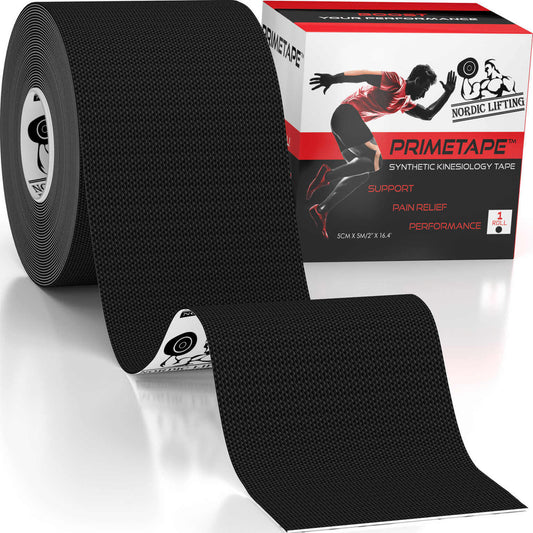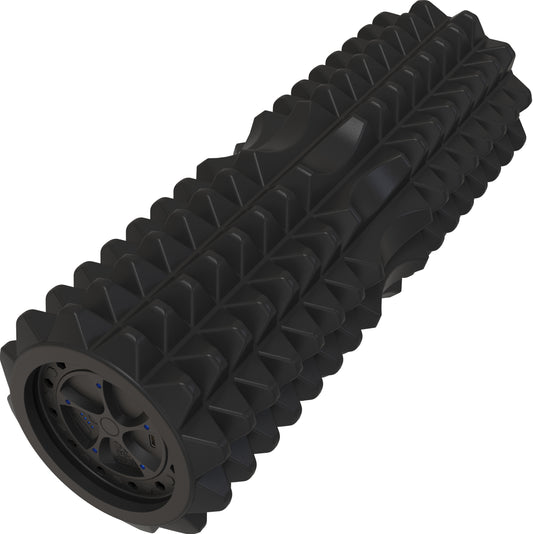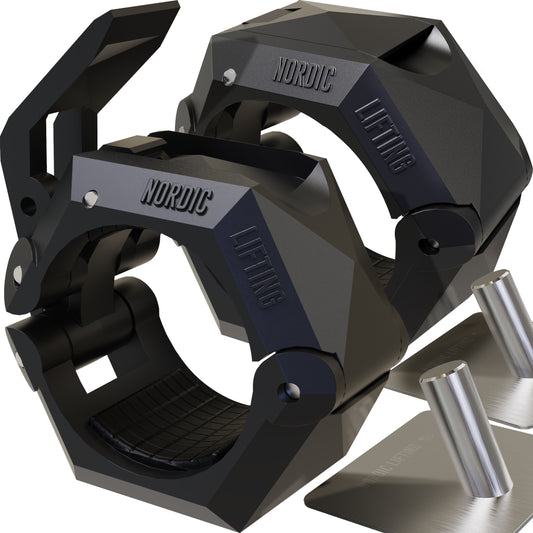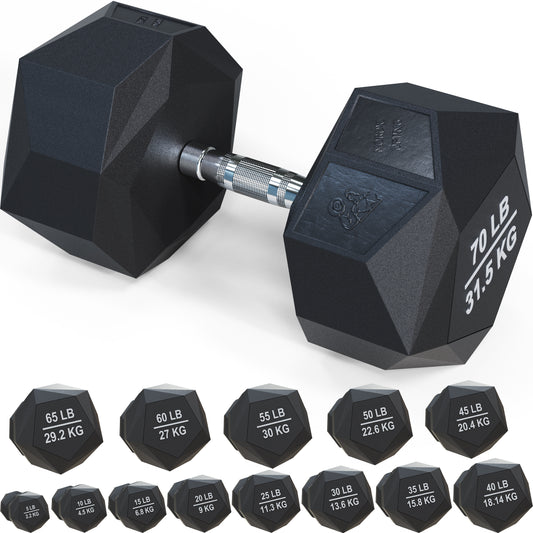Last Updated: February 9, 2025
Achieving a bigger chest can seem daunting, but it is entirely possible with the right approach. He or she can effectively build a bigger chest by focusing on proven exercises, proper nutrition, and advanced training techniques. Many people struggle with developing their chest muscles because they often skip essential components of an effective workout plan.
To create a well-rounded routine, it is crucial to understand the fundamentals of chest training, including a variety of exercises that specifically target the chest muscles. Incorporating both traditional lifts and advanced strategies can lead to significant muscle growth and better chest development. With dedication, anyone can achieve noticeable results.
Key Takeaways
- Effective chest training combines various exercises for all muscle areas.
- Proper nutrition plays a vital role in muscle growth and recovery.
- Advanced techniques can enhance overall chest development for better results.
Fundamentals of Chest Training
Chest training requires a solid understanding of anatomy, the principles of progressive overload, and proper nutrition. Focusing on these key areas will help anyone looking to build muscle mass and strength in the chest.
Understanding Chest Anatomy
The chest is primarily made up of two major muscles: the pectoralis major and the pectoralis minor. The pectoralis major is the larger muscle, divided into the upper and lower chest sections. Understanding this anatomy is crucial for targeting the right areas during workouts.
To effectively build the chest, one must incorporate exercises that engage both sections. For the upper chest, incline presses and flyes are effective, while flat and decline variations target the lower chest.
Knowing which exercises work specific parts of the chest helps in developing a balanced physique and can maximize hypertrophy, leading to more muscle mass.
Importance of Progressive Overload
Progressive overload is essential for muscle growth. This principle involves gradually increasing the weight, intensity, or volume of workouts. For instance, if an individual performs the bench press, they should aim to lift heavier weights over time.
The goal should also include increasing the number of sets or reps. This consistent challenge forces the muscles to adapt and grow, enhancing upper body strength and muscle mass.
Training to muscle failure can further stimulate growth, but it should be done cautiously to avoid injury. Regularly reviewing and adjusting workout routines keeps progress on track and prevents plateaus.
The Role of Nutrition
Nutrition plays a vital role in building a bigger chest. It is important to consume enough protein to support muscle repair and growth. A common recommendation is to aim for around 0.7 to 1 gram of protein per pound of body weight.
Additionally, maintaining a calorie surplus can facilitate muscle growth. Foods rich in healthy fats and carbohydrates should be included to fuel workouts and recovery.
Hydration is also critical. Dehydration can impair performance and recovery. Focusing on these nutritional aspects complements the workout routine and maximizes results.
Key Chest Exercises and Variations
Effective chest workouts incorporate a mix of exercises to target different areas of the chest. The right movements can lead to improved strength and size. Here are some key exercises and their variations to enhance chest development.
Mastering the Bench Press
The bench press is a fundamental exercise for building chest strength and size. Proper form is crucial. The barbell bench press allows for heavy weight and focuses on the middle chest. An effective grip width is about 1 to 2 times the width of the shoulders.
Incorporating variations like the incline bench press shifts focus to the upper chest, enhancing overall chest shape. The decline bench press targets the lower chest, contributing to a balanced appearance. Aim for 3 to 4 sets of 6 to 10 repetitions for optimal muscle hypertrophy.
Incorporating Fly Movements
Fly movements are excellent for isolating the chest muscles. The dumbbell fly is a popular choice, allowing for a deep stretch and targeting the pectoral muscles. It can be performed flat, incline, or decline to engage different chest regions.
Cable flyes and the fly machine offer another option, providing constant tension through the entire range of motion. This variation can improve muscle activation. For maximum effectiveness, include 3 to 4 sets of 10 to 15 repetitions. Always focus on control and form to avoid injury.
Effectiveness of Push-Up Variations
Push-ups are a versatile exercise that target the chest, shoulders, and triceps. Regular push-ups help build a solid foundation, while variations like incline push-ups shift the focus to the lower chest.
Decline push-ups engage the upper chest more intensely. They can be modified to include weight, increasing difficulty. Working towards a specific repetition goal, like 15 to 20 per set, promotes endurance and strength. Push-ups can be an effective addition on chest day, requiring minimal equipment.
Utilizing Dips for Chest Development
Dips are highly effective for developing the chest, especially the lower part. Performing weighted dips can increase intensity and promote muscle growth. The key to maximizing chest activation is leaning slightly forward during the movement.
Using parallel bars, they allow for a deep stretch. This enhances muscle engagement and range of motion. For best results, aim for 3 to 4 sets of 8 to 12 repetitions. Dips can be included in any chest workout, proving valuable for overall chest development.
Advanced Techniques and Strategies
For individuals seeking to enhance their chest workouts, employing advanced techniques can significantly boost muscle growth. These methods focus on increasing intensity, volume, and the effectiveness of each exercise.
Employing Drop Sets and Supersets
Drop sets and supersets are effective strategies for increasing workout intensity. A drop set involves performing an exercise until failure, then reducing the weight and continuing without rest. This method promotes muscle fatigue, which can lead to greater muscle growth. For instance, after a set of bench presses, a lifter might drop the weight by 20% and push through another set.
Supersets, on the other hand, entail performing two exercises back-to-back with minimal rest. Pairing a chest exercise, like push-ups, with a back exercise, such as bent-over rows, maximizes workout efficiency and keeps heart rates up, enhancing caloric burn and muscle engagement.
Leveraging Eccentric Movements
Eccentric movements focus on the lowering phase of an exercise, which plays a crucial role in muscle growth. In a bench press, for example, the lowering phase builds strength and size in the pectorals. It’s advised to take 3-5 seconds during this phase, allowing the muscles to experience increased tension.
Incorporating these controlled descents leads to greater muscle damage, creating the necessary stimulus for growth during recovery. A spotter can be beneficial for safety and to maximize weight without compromising form.
Fostering a Strong Mind-Muscle Connection
Establishing a strong mind-muscle connection enhances workout effectiveness. This means concentrating on the specific muscles being worked during each exercise. During chest workouts, focusing on the pectorals rather than just completing the range of motion can lead to more targeted muscle engagement.
To reinforce this connection, individuals should slow down their movements and visualize their muscles contracting. Techniques such as pausing at the peak contraction of an exercise can help deepen this engagement and enhance muscle activation, ultimately supporting muscle growth and improving workout outcomes.
Frequently Asked Questions
Understanding how to effectively build chest muscle involves many aspects. This includes the right exercises, routines, and dietary choices that contribute to muscle growth. Here are some common questions regarding chest development.
What exercises can I do at home to increase chest size?
At home, individuals can perform push-ups, variations like incline and decline push-ups, and chest dips using sturdy furniture. Resistance bands can also be useful for chest flys and presses. These exercises target different parts of the chest effectively.
Which workout routine is most effective for enhancing chest size?
A well-rounded routine often includes compound movements like the bench press and targeted exercises such as dumbbell flys. Incorporating both heavy lifting and higher-repetition sets can maximize muscle growth. Consistency in training is key for progress.
Can chest growth be accelerated, and if so, how?
Yes, chest growth can be accelerated by focusing on progressive overload. This means gradually increasing weight, reps, or intensity in each workout. Adequate rest and recovery are also crucial to allow muscle repair and growth.
What are the challenges of chest muscle growth and how can they be overcome?
Common challenges include plateaus in strength and improper form, which can hinder progress. To overcome these, individuals should ensure proper technique and vary their workouts. Keeping a training log can help track improvements and adjust patterns as needed.
What dietary considerations are important for chest development?
A balanced diet rich in protein is essential for muscle growth. Foods like chicken, fish, beans, and nuts can support muscle repair. Staying hydrated and consuming enough calories also play a vital role in overall performance and gains.
How can individuals without access to gym equipment work on building a bigger chest?
Those without gym access can still build chest strength using bodyweight exercises like push-ups and plyometric variations. Resistance bands and household items can serve as substitutes for weights in strength training.












